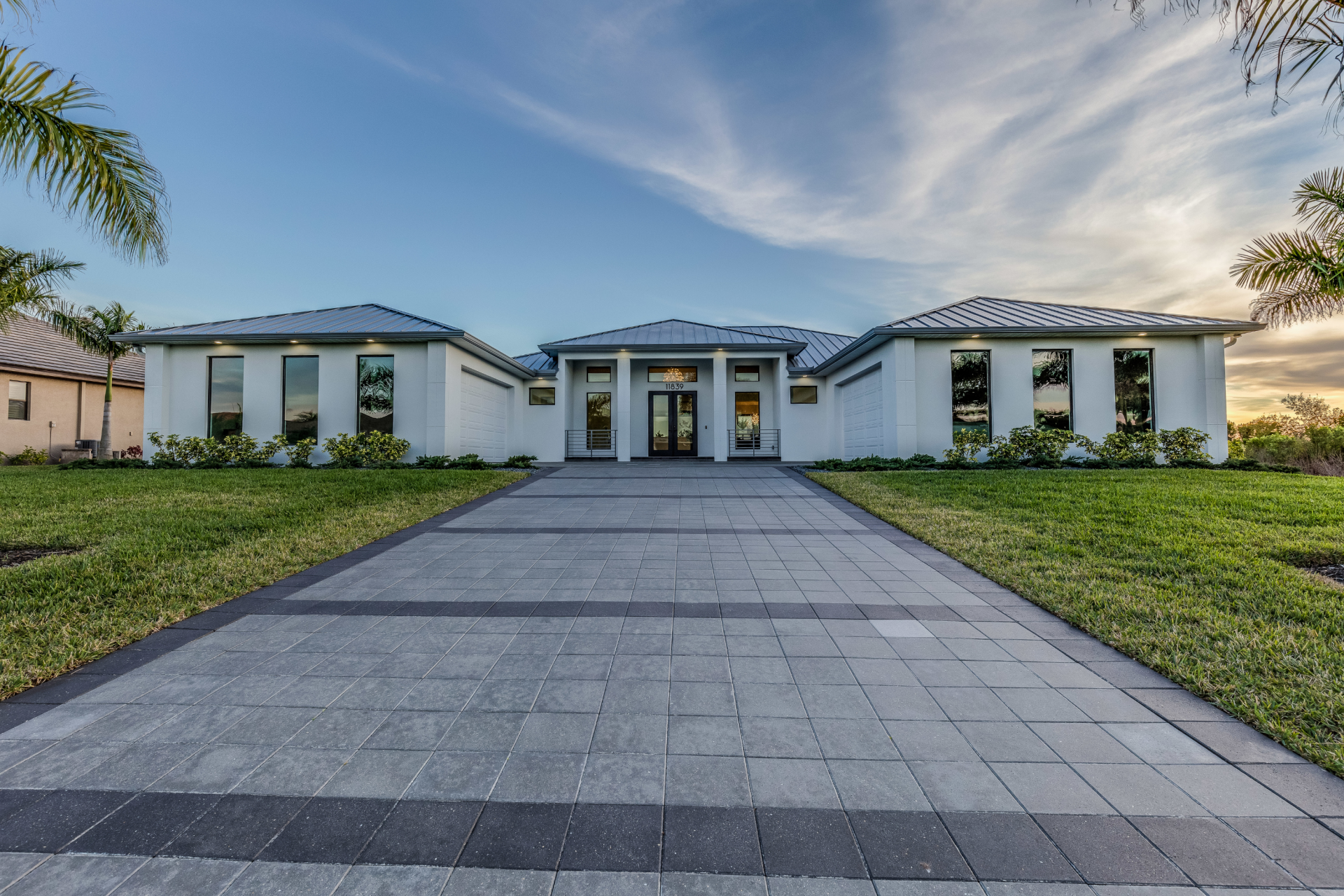Get a 100% financing on your next purchase if your rental or home has been damaged and your county is considered a disaster area
If you're a homeowner in the path of a hurricane, you may be wondering how to get the money to rebuild and restore your home. Insurance can take time and you may want to build back bigger and better!
But what's the first step?
Start by learning more about the various loan programs available that could help you get back on your feet quickly.
The FHA 203H Home Loan For Purchasing After A Hurricane
Since you weren't planning on buying a home, you might not have much cash in reserves. The FHA 203H was designed with this in mind.
The FHA 203H mortgage program helps you buy another home while your home is being rebuilt or while you sell. As a buyer, you can finance 100% of the purchase of a new home with an FHA 203H loan.
As a buyer, you have the option to buy the home with no money down, and have the seller cover the closing costs. Best of all, your current mortgage payment is not counted when we calculate your debt-to-income ratio.
The FHA 203K Home Loan For Home Repairs After A Hurricane
Another great post-disaster home loan is the FHA 203K mortgage program. This program provides 96.5% financing to homeowners who have been impacted by a disaster. You can use this money to repair or replace your home's damaged or destroyed parts and make necessary changes so that it meets current building codes.
The FHA 203H Home Loan For Renters After A Hurricane
If you lost your rental property to a hurricane, you might find yourself in a great position to buy!
The FHA 203H program offers 100% financing, which means you can buy a home without putting any money down. This program even offers 6% seller assistance to renters who are looking to buy a home post-hurricane.
The other great thing about this program is that it's available even if you've been renting for less than three years. The FHA 203H program is perfect for people who have been displaced by hurricanes and need somewhere safe and affordable to live while they rebuild their lives.
Next Steps
The FHA 203H and other disaster relief programs are great! But you have to qualify for these loans. If you qualify depends on several factors and individual circumstances.
Contact us today at (727) 784-5555. and tell us about your homeownership goals. We will be able to help you qualify for an FHA 203H or another loan program that better fits your needs.
Want to ask us a question about the FHA 203 loan? Use the form below to contact one of our mortgage specialists.
Ask a Question
Use the form below and we will give your our expert answers!
203H Ask A Question
Start Your Loan
with DDA todayYour local Mortgage Broker
Mortgage Broker Largo See our Reviews
Looking for more details? Listen to our extended podcast!
Check out our other helpful videos to learn more about credit and residential mortgages.





